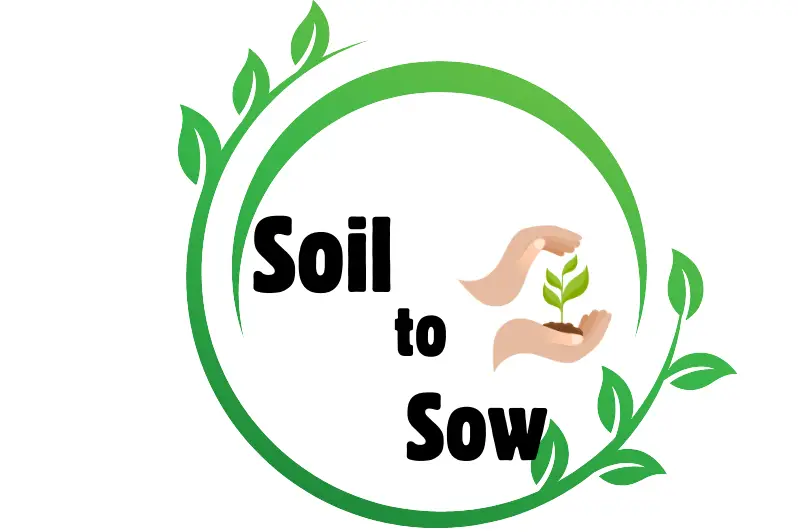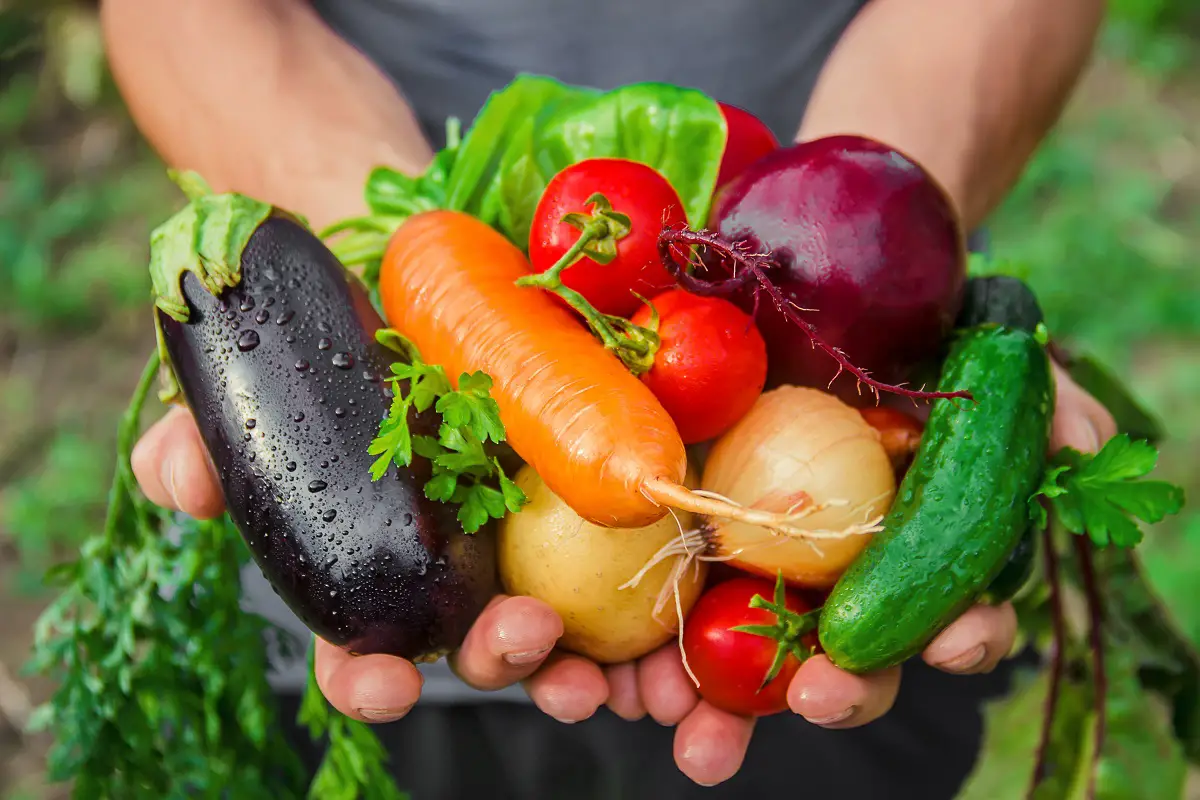If you’ve been dreaming about starting your own vegetable garden, there’s no better time than now to dig in. Gardening not only provides a sense of accomplishment but also offers fresh, homegrown produce that tastes far better than anything store-bought. For beginners, however, knowing where to start can feel daunting.
This guide will walk you through choosing the best beginner-friendly vegetables, planting and care tips, and the benefits of growing your own greens. By the end, you’ll feel confident enough to cultivate your very own thriving garden.
Starting a vegetable garden offers more than just fresh food on your plate. For beginner gardeners, it’s a productive hobby that improves mental health, creates a connection to nature, and adds vibrancy to your outdoor space.
Furthermore, growing your own vegetables is budget-friendly, providing organic produce without the hefty price tags of supermarket alternatives.
With all these advantages, gardening is a skill worth cultivating—especially for those new to it.
Choosing the Right Vegetables to Grow
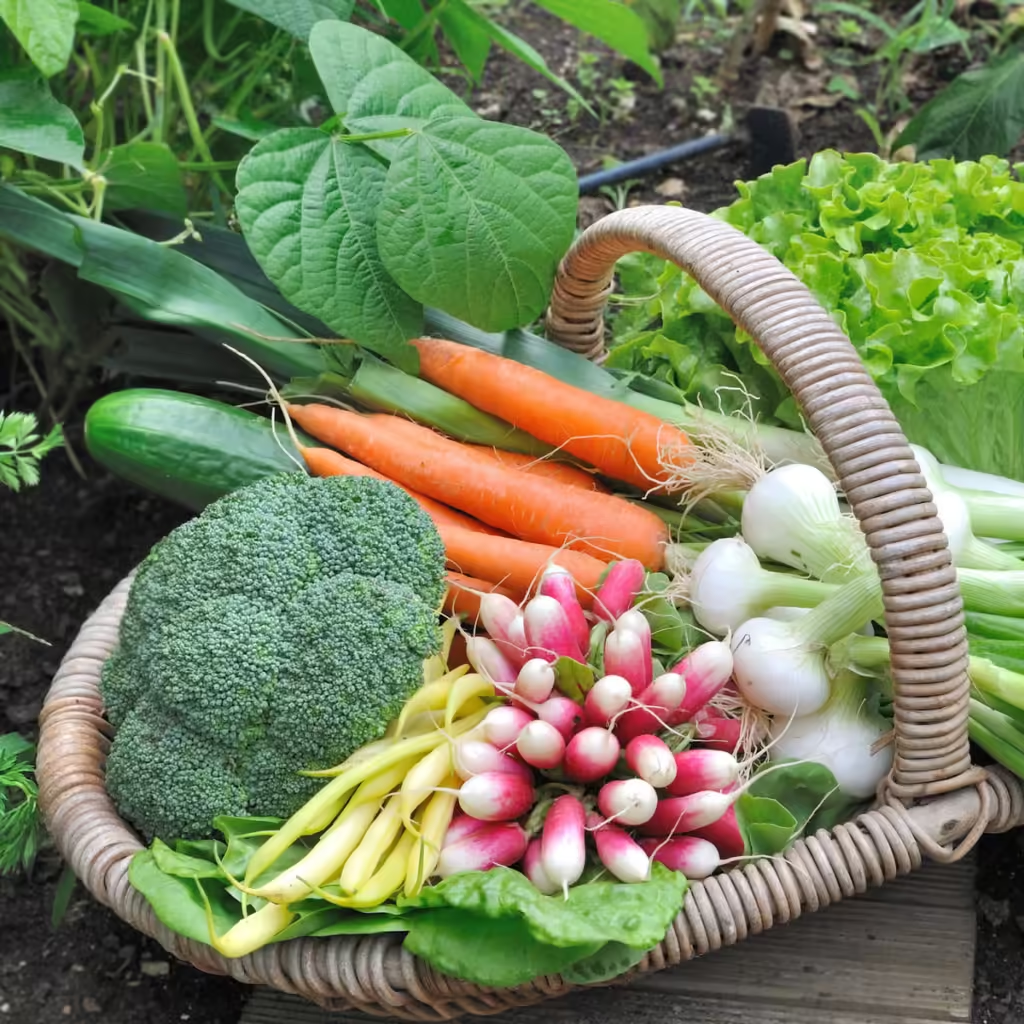
Not all vegetables are created equal when it comes to ease of growing. Opting for the right plants will save you frustration and increase the odds of a productive harvest.
Here are the factors to keep in mind when choosing what to grow:
Climate
Know your hardiness zone! Some vegetables thrive in warm climates while others prefer cooler temperatures. Using this guide and your local climate as a reference will help you plan appropriately.
Space
Limited to balcony gardening or a small backyard? Some vegetables, like lettuce or radishes, grow well in containers, while others, like zucchini, need more room to sprawl.
Season
Vegetables grow in cycles. Make sure to align your planting schedule with the current season. For example, quick-growing greens thrive in spring, while root vegetables flourish in cooler fall temperatures.
Easy-to-Grow Vegetables for Each Season
Spring Favorites
These crops thrive as temperatures begin to rise and soil warms.
Lettuce
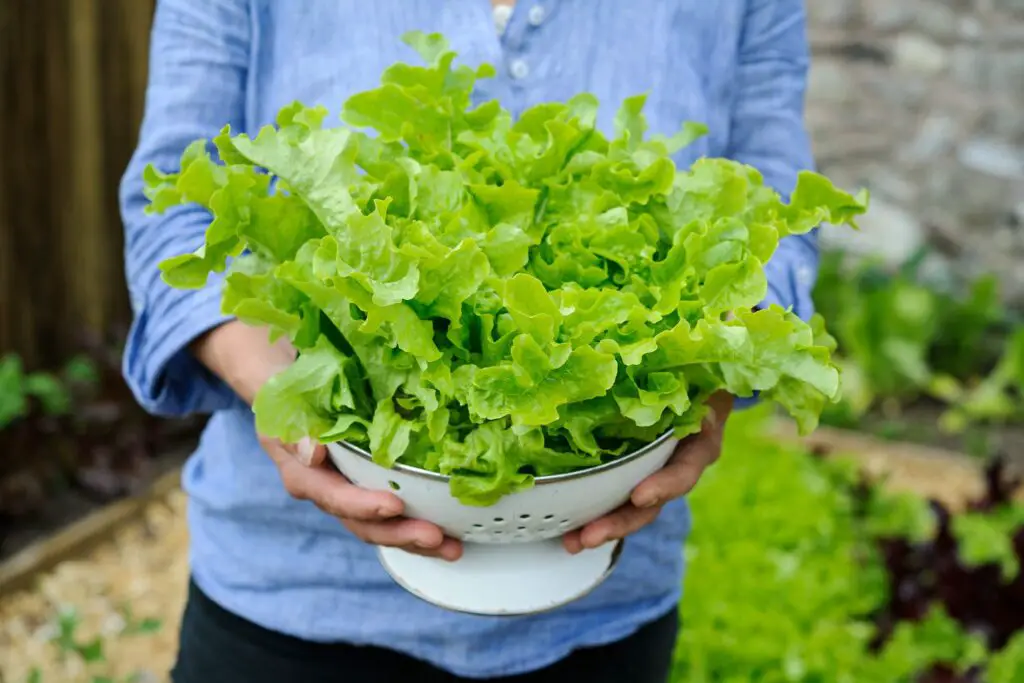
Why Lettuce? Quick-growing and easy to harvest. Perfect for salads and sandwiches.
Care Tips:
- Requires partial to full sunlight.
- Water consistently but avoid soggy soil.
Common Issues: Watch out for slugs and insects.
Radishes
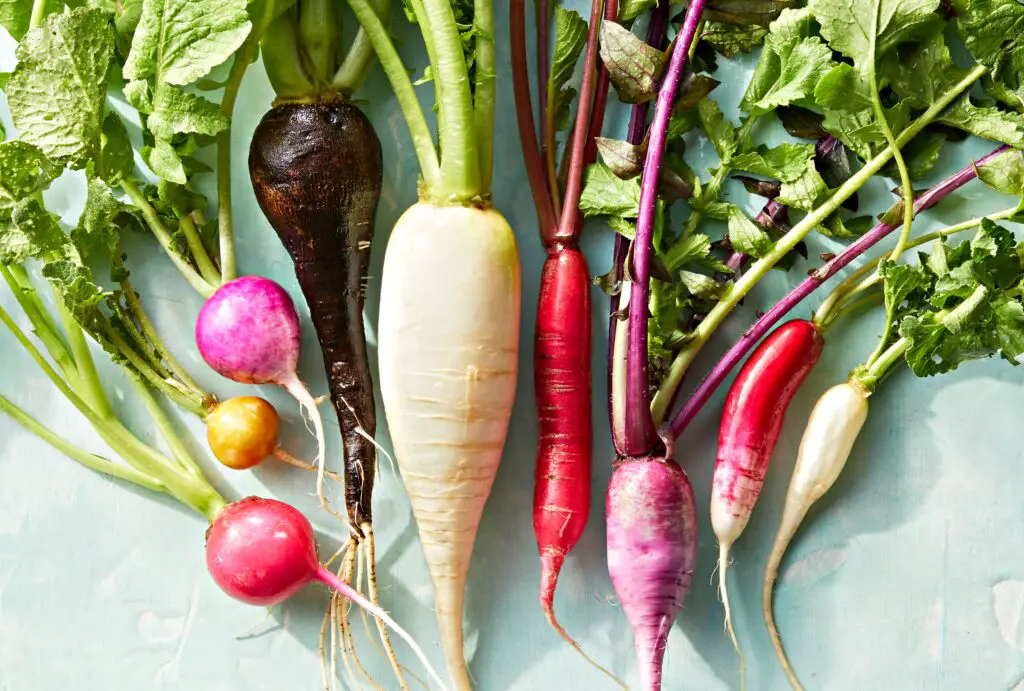
Why Radishes? They germinate fast and are low maintenance.
Care Tips:
- Plant directly in the soil; spacing is key.
- Water moderately and ensure good drainage.
Fun Fact: You can harvest radishes in as little as 30 days!
Spinach
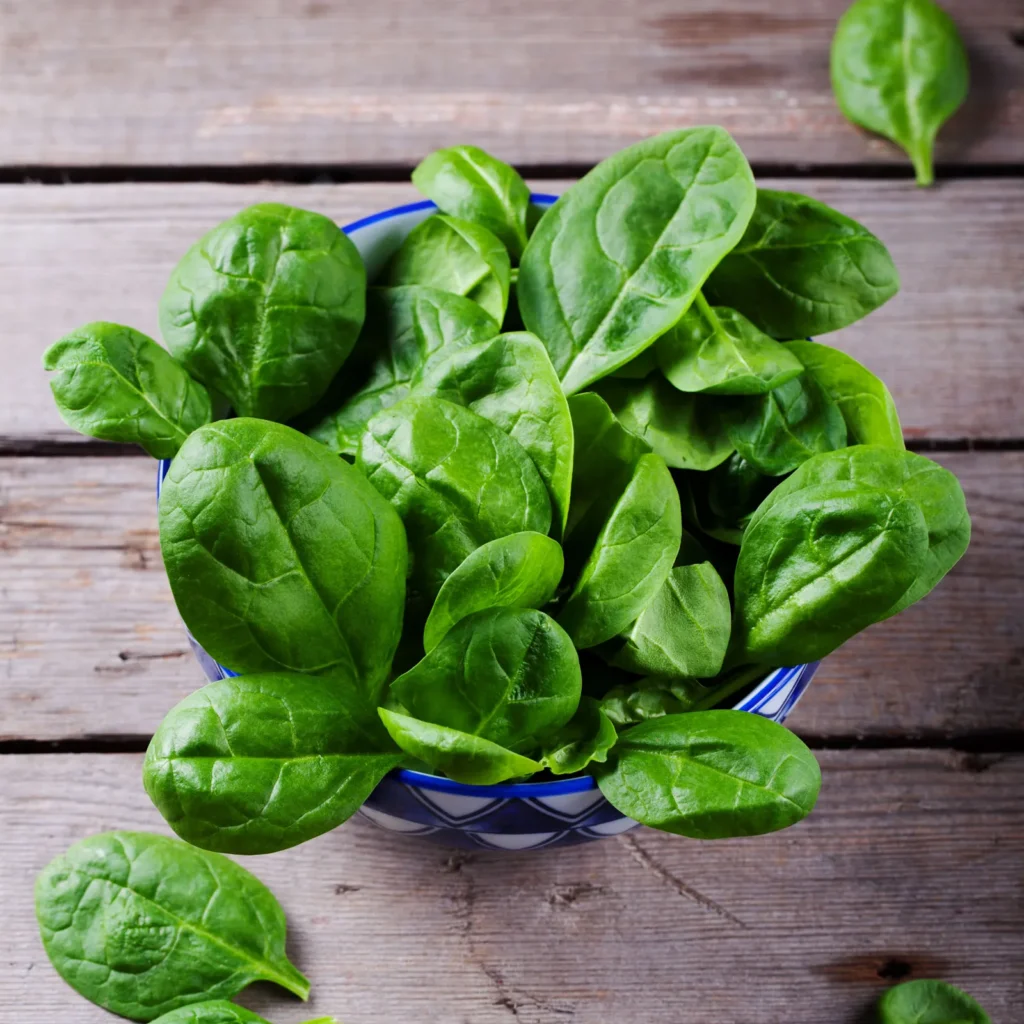
Why Spinach? A nutritious leafy green that is adaptable to various conditions.
Care Tips:
- Thrives in cool weather; avoid summer planting.
- Water regularly but evenly.
Carrots
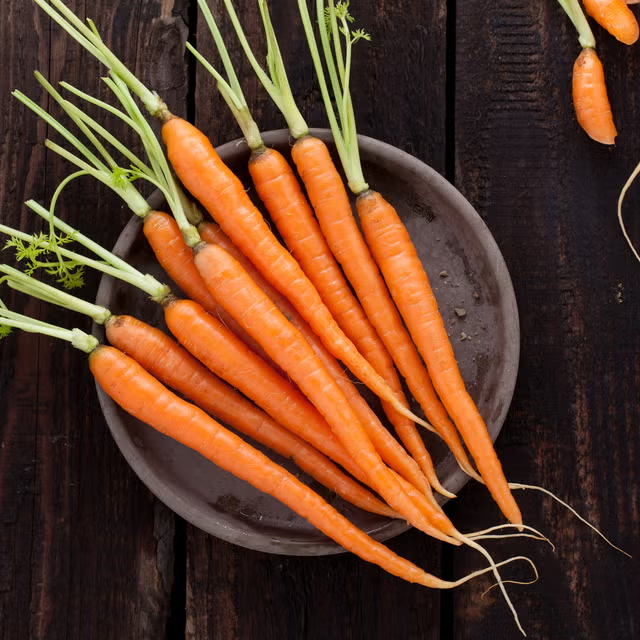
Why Carrots? They are easy to grow, rich in nutrients, and great for a variety of dishes.
Care Tips:
- Sow seeds directly into loose, sandy soil for proper root development.
- Keep the soil consistently moist but avoid overwatering.
Fun Fact: Carrots come in a variety of colors, including purple and yellow!
Peas
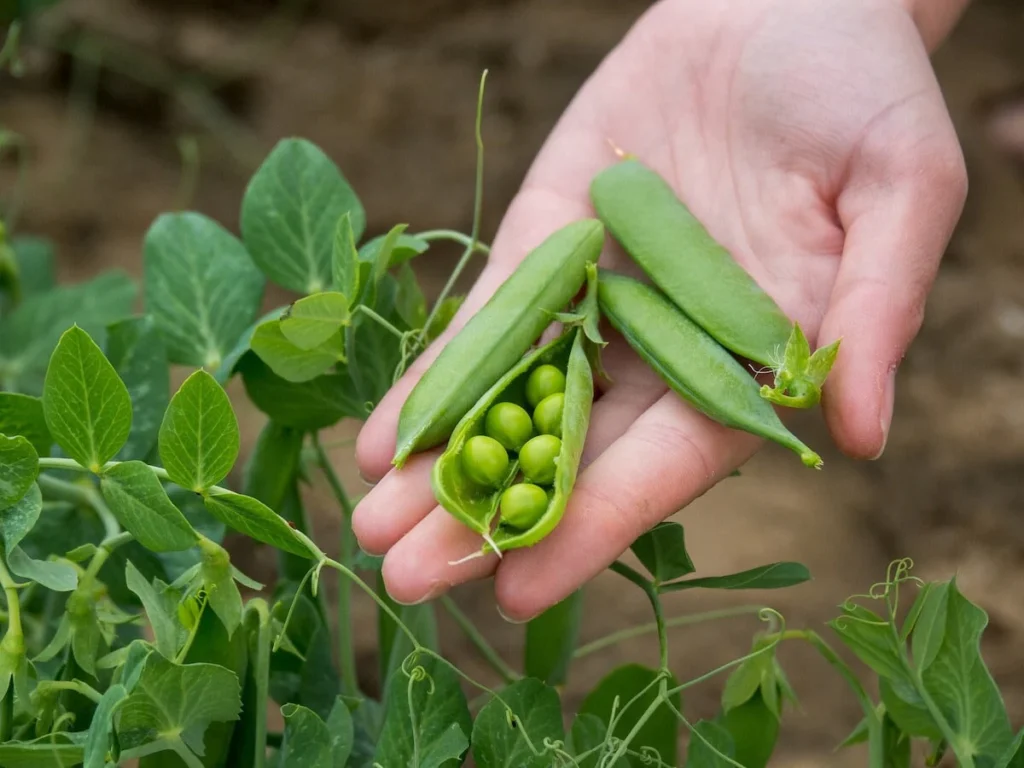
Why Peas? Sweet and tender, they are one of the earliest crops to mature in spring.
Care Tips:
- Plant in well-drained soil with a support structure for climbing varieties.
- Ensure they receive full sun and water moderately.
Fun Fact: Pea flowers are self-pollinating, making them highly reliable to grow!
Summer Staples
These sun-loving vegetables flourish during warmer months.
Tomatoes
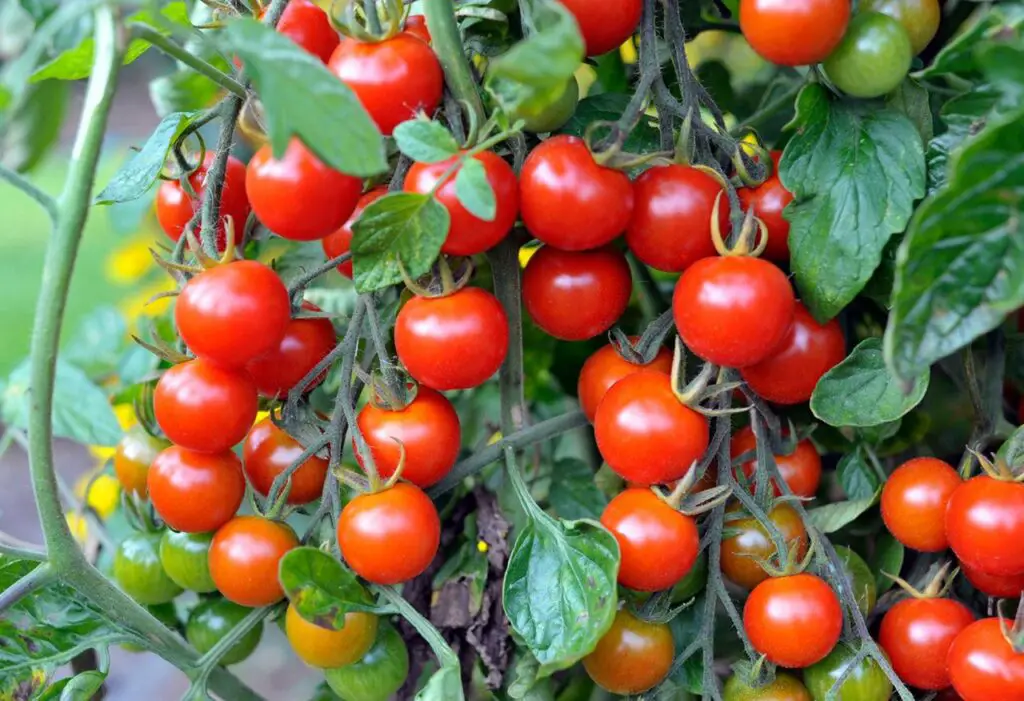
Why Tomatoes? Versatile, delicious, and perfect for everything from salads to sauces.
Care Tips:
- Full sunlight (6+ hours daily) is a must.
- Use stakes or cages for support.
Common Issues: Risk of pests like aphids. Regular inspection helps.
Zucchini
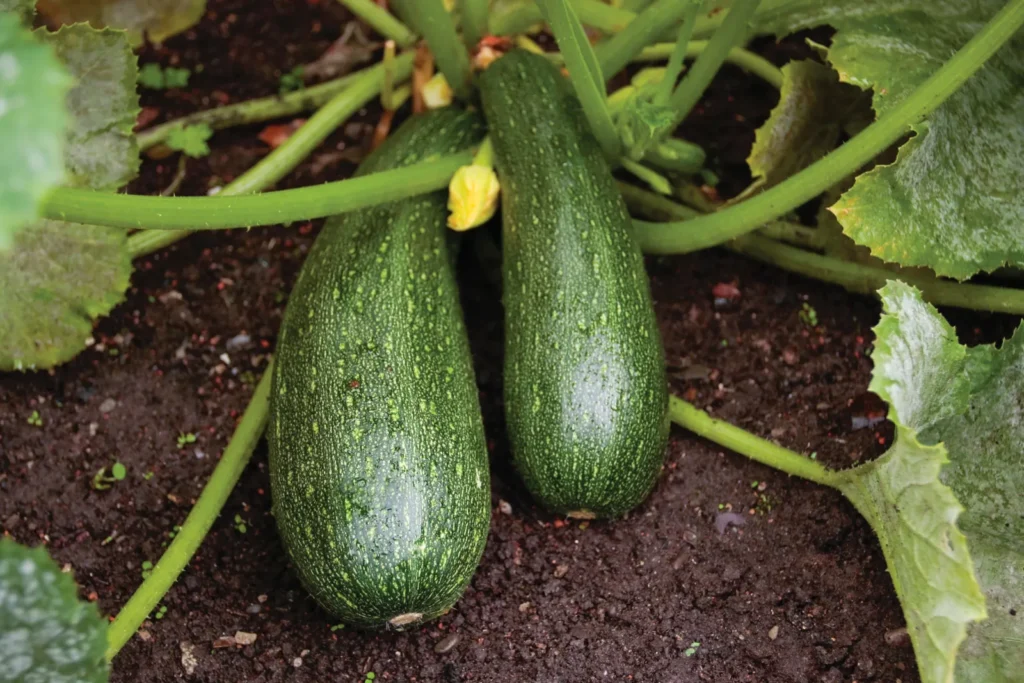
Why Zucchini? Prolific producers with an easy-growing nature.
Care Tips:
- Needs lots of space to spread.
- Water deeply to prevent mildew.
Helpful Tip: Harvest when zucchinis are small for the best flavor.
Cucumbers
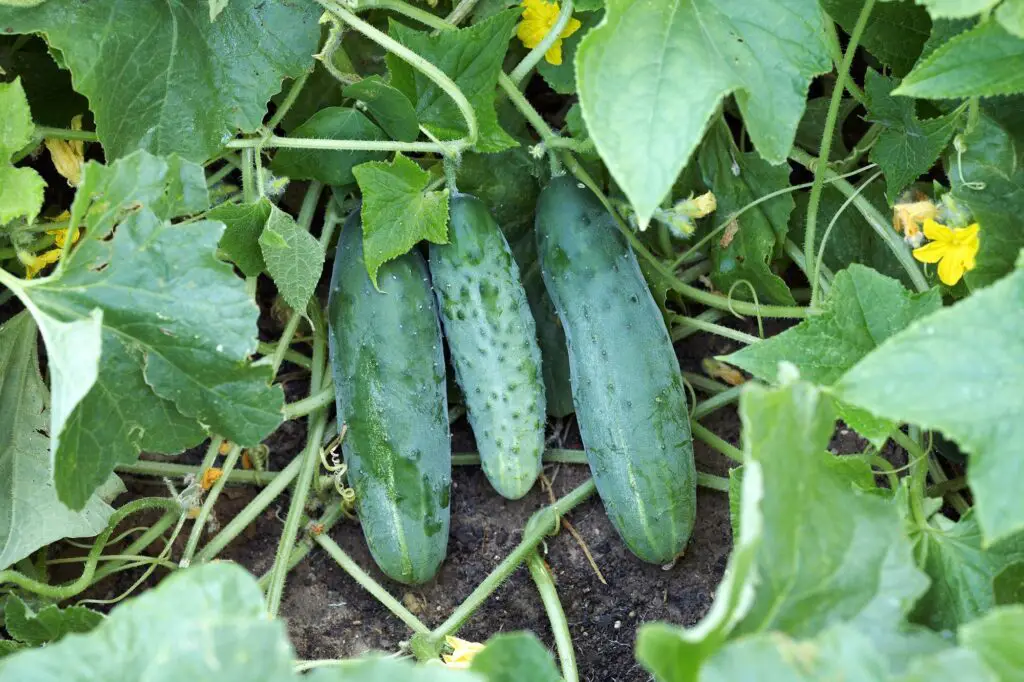
Why Cucumbers? Great for snacking or pickling, and they grow quickly.
Care Tips:
- Train vines upward to save space.
- Keep soil consistently moist.
Tomatoes
Why Tomatoes? Highly versatile in cooking and a quintessential summer crop.
Care Tips:
- Plant in full sun and use stakes or cages for support.
- Prune regularly to promote airflow and prevent disease.
Helpful Tip: Harvest when fully ripened for the best taste and nutritional value.
Bell Peppers
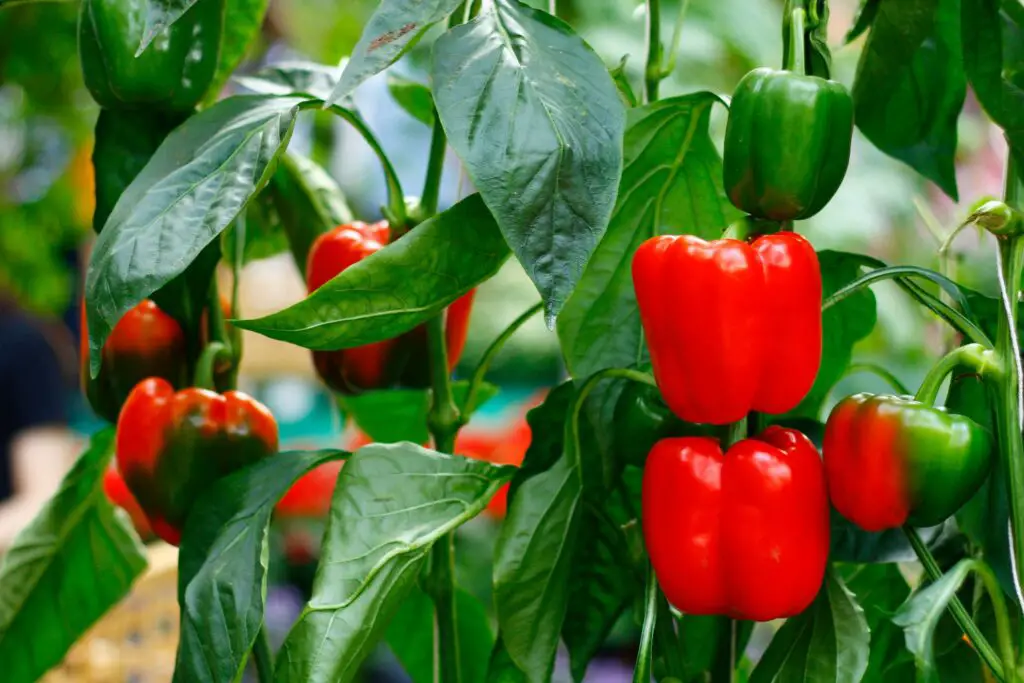
Why Bell Peppers? Their vibrant colors and sweet flavor make them a summer favorite.
Care Tips:
- Thrive in warm soil; avoid planting too early.
- Fertilize consistently to encourage growth.
Helpful Tip: Pick peppers early if you prefer a milder flavor, or allow them to ripen fully for sweetness.
Eggplants
Why Eggplants? A flavorful and nutrient-rich addition to any summer meal.
Care Tips:
- Require steady warmth and fertile, well-drained soil.
- Mulch around the base to maintain soil temperature.
Helpful Tip: Harvest while the skin is shiny and firm, before they become overripe.
Green Beans
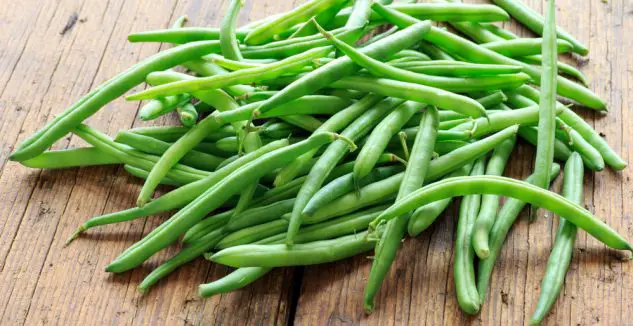
Why Green Beans? Easy to grow and produce a continuous harvest throughout the season.
Care Tips:
- Provide a trellis or poles for climbing varieties.
- Harvest pods regularly to promote further production.
Helpful Tip: Pick beans when they are young and tender for the best taste and texture.
Related Topics:
Fall Crops
Cool-weather vegetables that are perfect for crisp autumn days.
Carrots
Why Carrots? They store well and are nutritious.
Care Tips:
- Loose, sandy soil ensures straight, uniform carrots.
- Water evenly for healthy roots.
Broccoli

Why Broccoli? Packed with nutrients and grows well in cooler temperatures.
Care Tips:
- Requires fertile soil with added compost.
- Keep pests like cabbage worms at bay with netting.
Garlic
Why Garlic? Plant in the fall for a bountiful harvest next summer.
Care Tips:
- Plant individual cloves 2 inches deep.
- Mulch to protect against frost.
Spinach
Why Spinach? A fast-growing leafy green that thrives in cooler temperatures.
Care Tips:
- Plant in well-drained soil with plenty of organic matter.
- Harvest regularly to encourage new growth.
Radishes
Why Radishes? Quick to mature, making them an excellent choice for fast fall harvests.
Care Tips:
- Sow seeds directly into the soil about 1/2 inch deep.
- Thin seedlings to allow adequate space for root development.
Beets
Why Beets? Both the roots and greens are edible and highly nutritious.
Care Tips:
- Plant seeds 1 inch deep in loose, fertile soil.
- Water consistently to prevent woody roots.
Brussels Sprouts
Why Brussels Sprouts? Tolerant to frost, improving flavor after a light freeze.
Care Tips:
- Stake tall plants to prevent them from tipping over.
- Remove lower leaves as sprouts form for better air circulation.
Kale
Why Kale? Extremely hardy and sweetens in flavor after frost exposure.
Care Tips:
- Provide rich, moisture-retentive soil for optimal growth.
- Harvest outer leaves first, leaving the center to grow.
Nutritional & Culinary Benefits
Nutrition in Every Bite
Freshly grown vegetables retain more nutrients than their store-bought counterparts. For instance, spinach is rich in iron, while broccoli provides antioxidants known to reduce inflammation. Adding a variety of these vegetables improves not only your diet but also your health.
Culinary Versatility
Homegrown vegetables offer unparalleled versatility in the kitchen. From hearty soups and vibrant salads to stir-fries and roasted dishes, freshly harvested produce elevates flavors and enhances the nutritional value of every meal.
For example, tomatoes plucked at peak ripeness add a rich depth to sauces, while crisp peppers and zucchinis bring bold textures to any dish. Incorporating seasonal vegetables into recipes not only supports a balanced diet but also encourages creativity in preparing meals, ensuring every bite is both delicious and nourishing.
Delightful Dishes
Whether it’s a fresh tomato salad, roasted zucchini, or homemade radish pickles, your garden opens up a world of culinary exploration.
Practical Advice on Garden Design
A well-thought-out garden layout is key to maximizing your harvest.
Small-Space Gardening
If space is a challenge, vertical gardening with trellises or railing planters is a great option. Tomatoes, cucumbers, and even beans love growing upwards.
Companion Planting
Some vegetables grow better together! Tomatoes benefit from being planted near basil, which can repel pests naturally.
Raised Beds or Containers
For beginners, using raised beds or containers offers better control over soil quality and weeds.
Keeping Your Garden Healthy
Having planted your vegetables, the real work begins. Here are some tips for ongoing maintenance and harvest success.
Water Wisely:
Early morning watering is best to avoid fungi.
Weed Regularly:
Use mulch to keep the soil moist and weeds at bay.
Harvest Often:
Picking ripe vegetables regularly encourages plants to keep producing.
Make This the Year You Start Growing
Starting a garden might seem a little overwhelming, but following these steps will make your first experience not only enjoyable but also fruitful—quite literally! Choose beginner-friendly vegetables, maintain a consistent care routine, and reap the rewards of your hard work.
Gardening is as much about the process as it is about the end result. Enjoy every moment—from planting that first seed to savoring your very first harvest. Happy growing!
